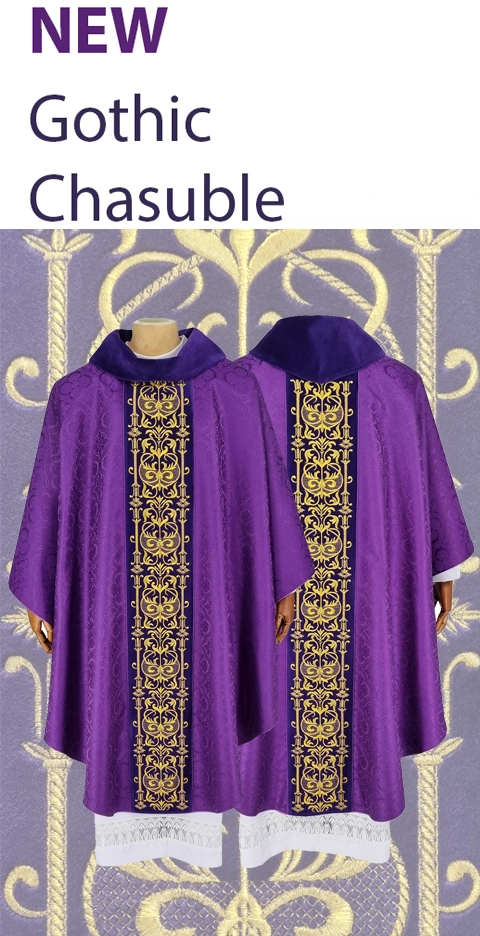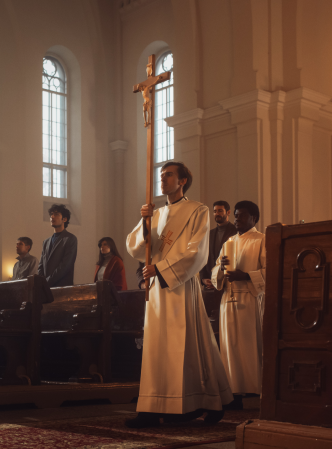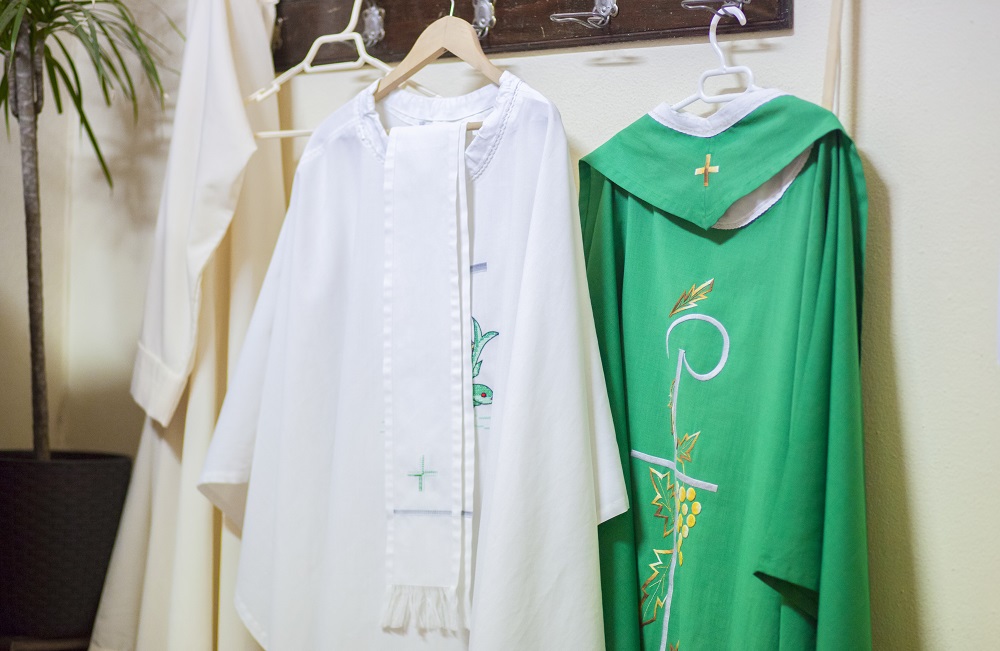
The ecclesiastical vestments are another name for the liturgical vestments. Over time, the liturgical garments used during Mass have changed. Nonetheless, priests have donned liturgical vestments during the performance of the Mass from the early days of the Church. Even while Old Testament priests used vestments in their liturgical rituals, "Christian" garments are not adaptations of them; rather, Christian vestments emerged from Graeco-Roman clothing, including religious culture.















